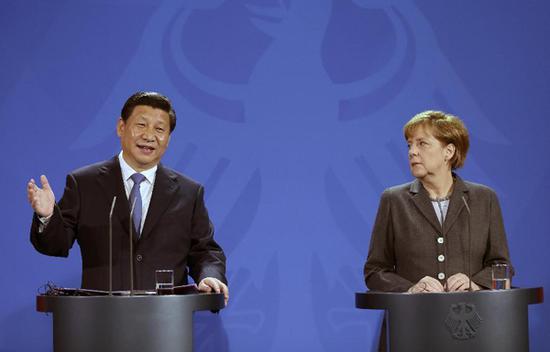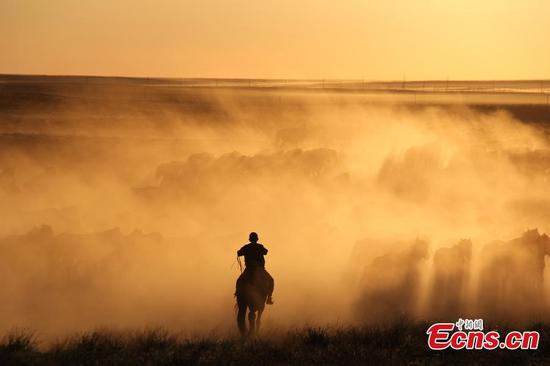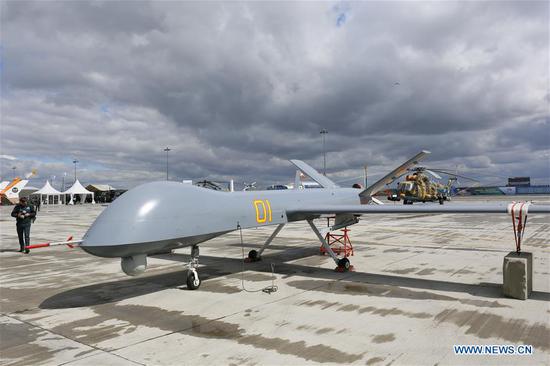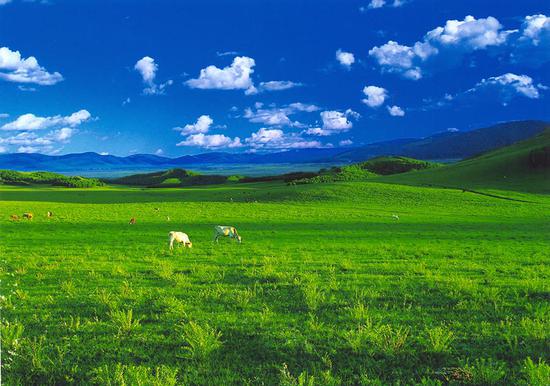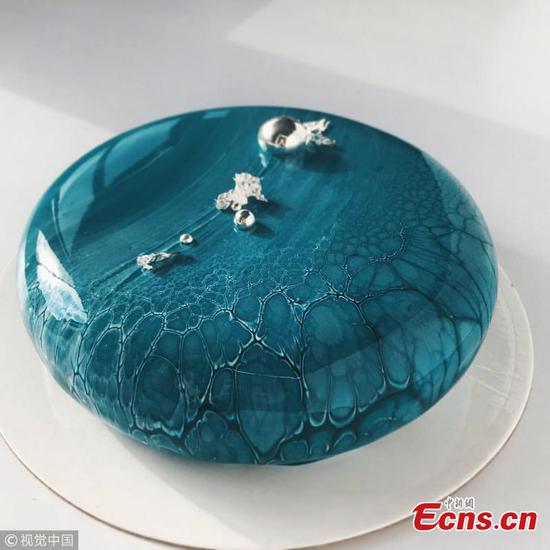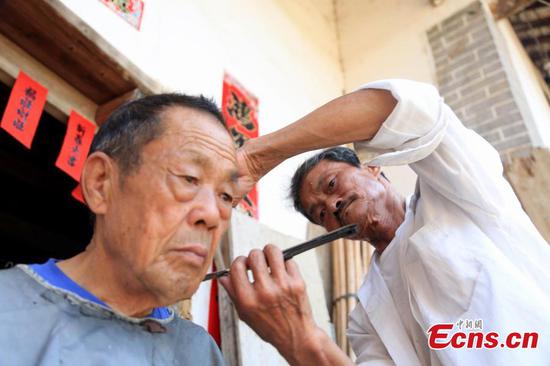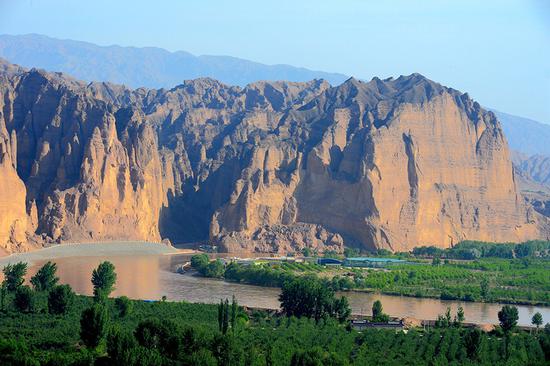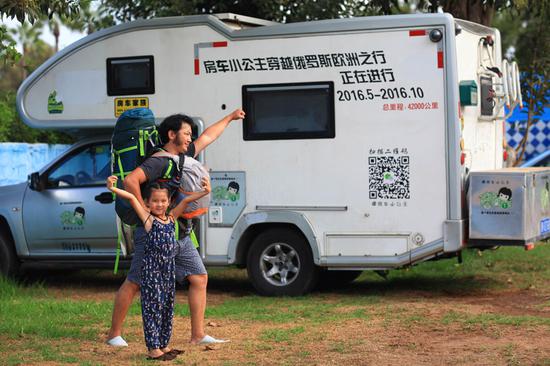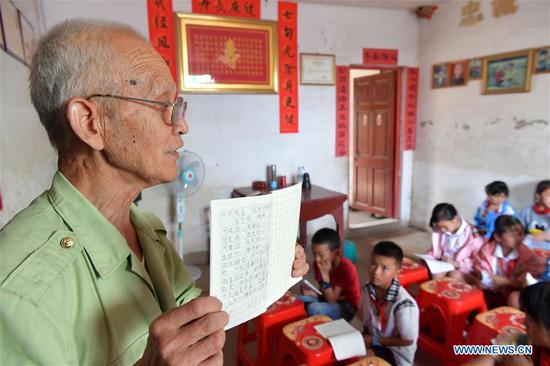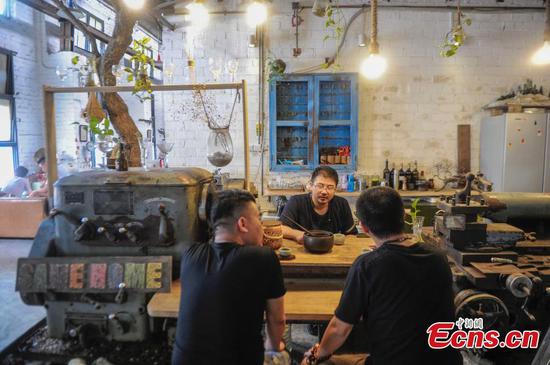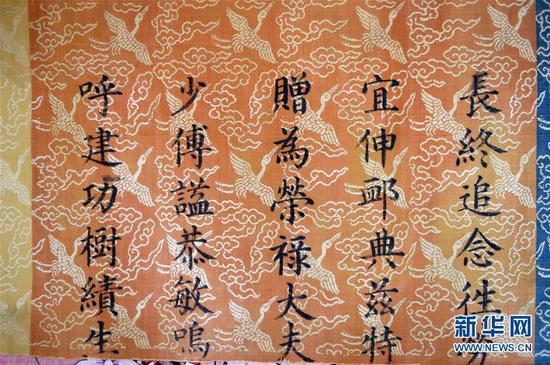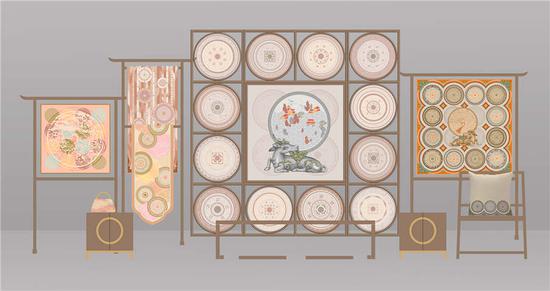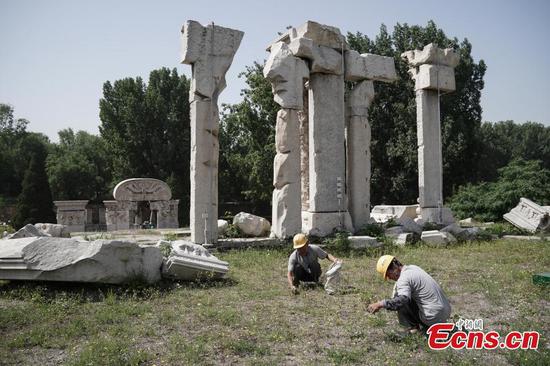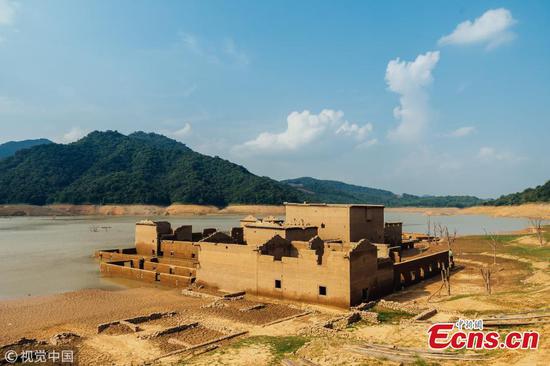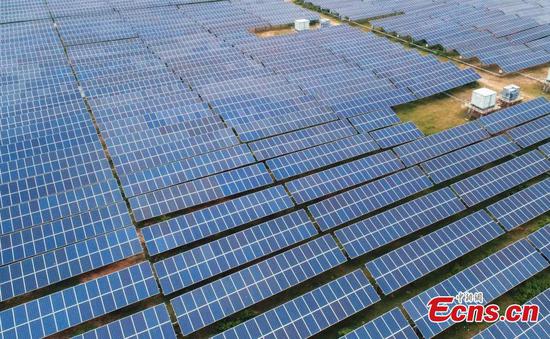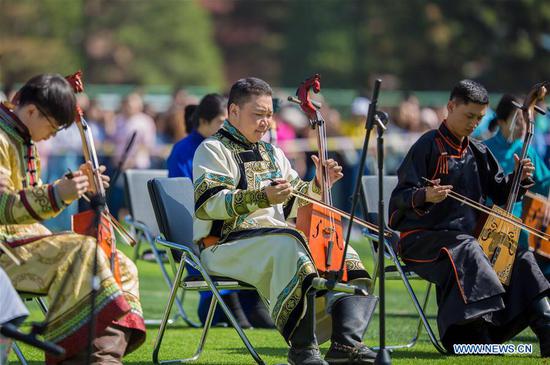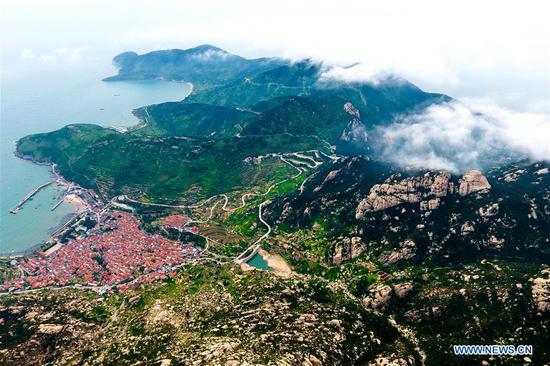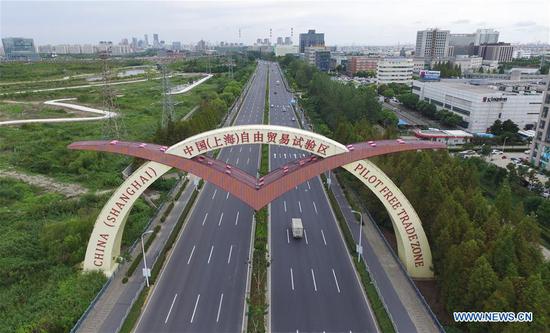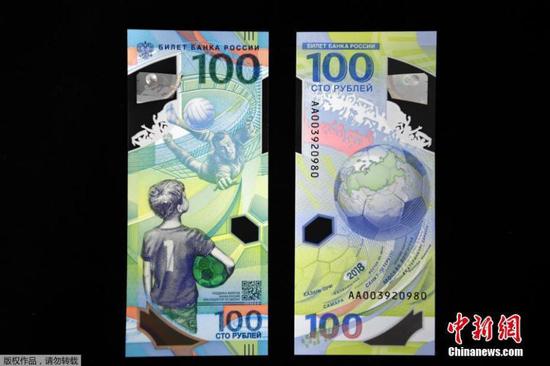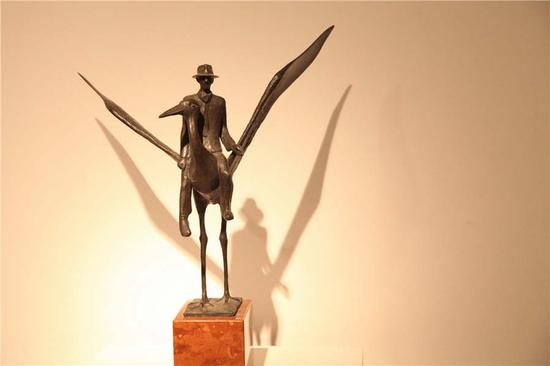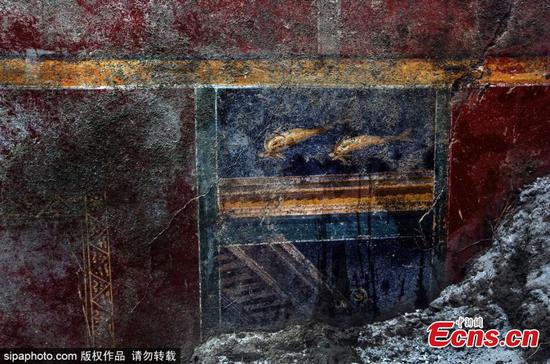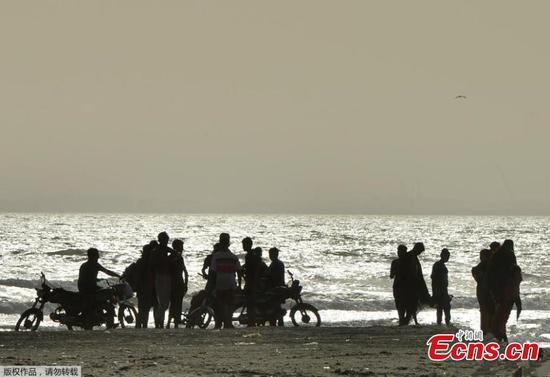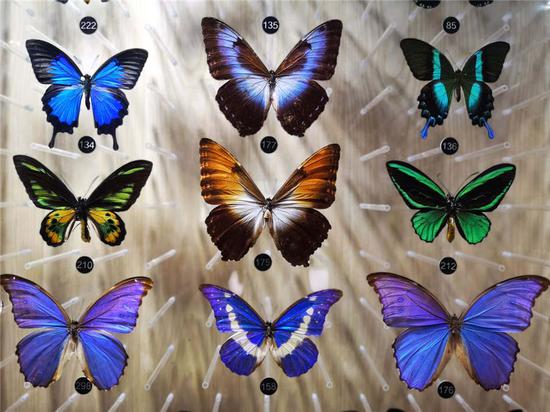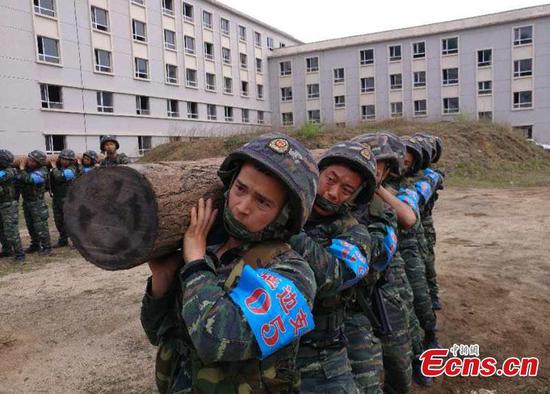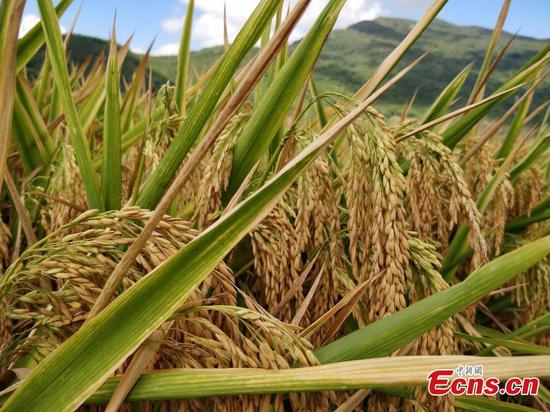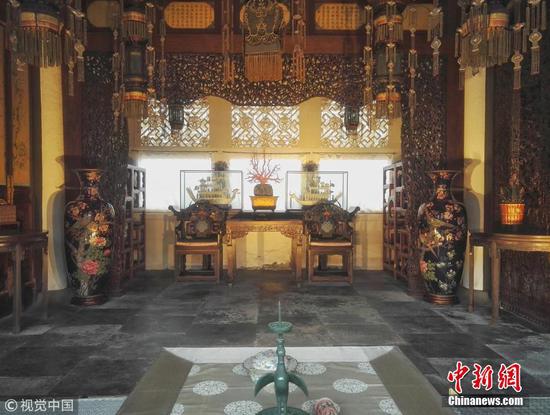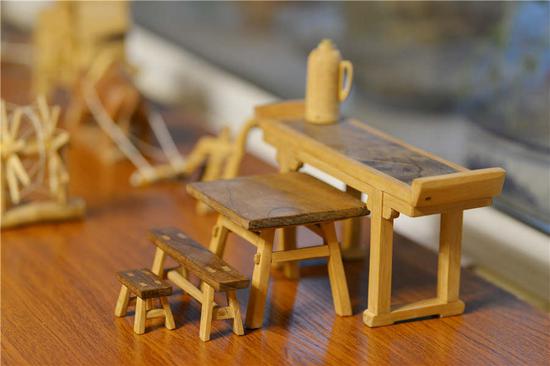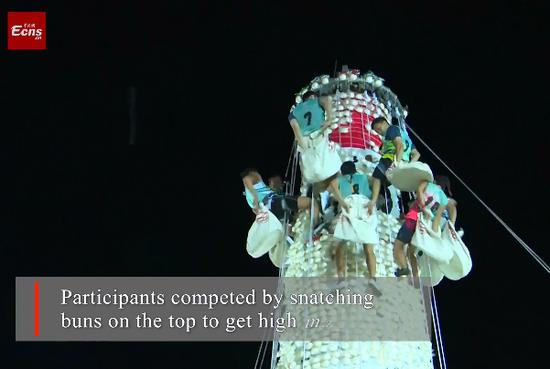For villagers of Shoudong, grain is not just food, but the material used to make beautiful collages and mosaics, which in turn have brought prosperity to the formerly destitute village.
Shoudong, in north China's Hebei Province, was a nondescript village with nothing special to commend it. A typical poor village, most men worked in cities, leaving their wives, aging parents and children at home.
Now, by making these pictures from cereals and pulses, housewives bring in money by working at home while taking care of their family.
"I'm proud that the income from my pictures is enough for our household expenses. We have no need to ask for financial support from our husbands," said Shi Xianqiao, one of the artists.
Grain pictures are made by pasting various kinds of grains such as wheat, rice and beans, on a hard backboard.
The village of 180 households is now home to over 80 collage-makers. Not just housewives but some of the men have returned home, attracted by profits to be made from the emerging handicraft.
Monthly income for each artist is around 2,000 yuan (290 U.S. dollars), and that comes just from utilizing spare time after farming and looking after the family.
Collage making began in March 2014, when Zhang Haizeng, from the county seat of Guantao, came to teach the craft to the villagers.
Zhang, an art graduate, had been an advertising designer, a welder, a security guard, and taxi driver before gluing together his first picture with tree bark, cotton and green beans in 2008.
"I imagined that even if I earned only one yuan from each picture, I would soon be able to buy an apartment and a car," Zhang recalled wistfully. Unfortunately his pictures quickly rotted because the glue was not compatible with the grain.
He tried over 100 glues before finally finding the perfect solution. Then he realized that while he could make the pictures easily now, he had nowhere to sell them.
"In the following two years, I only sold one piece of my work, and that was to a friend," he said, adding that the picture made him 260 yuan.
In September 2009, an art exhibition in the county changed both his mind and his fate. "I had told my family to give up the idea of making these pictures, when suddenly a customer ordered eight pieces of my work at the exhibition," he said, smiling at the recollection.
As his business gradually developed, Zhang turned to his county government for land to establish a production base for his pictures.
Instead of the factory lot at the county seat that he had dreamed of, the government offered him three houses in the rural backwater of Shoudong, free of charge.
"It was a perfect opportunity for rural poverty alleviation," Xie Jijiong, Communist Party chief of Guantao County, said.
"Putting the factory in the village not only lowered land costs, but made labor recruitment easier," Xie remembered telling Zhang.
Zhang's site, covering 0.8 hectares now, makes around 5 million yuan every year. Competitors from other provinces have been attracted to the village, forming an industrial cluster.
Tourists are also drawn to the village, which is now full of cafes, inns and souvenir stalls.
Visitors, especially children, are helped to make their own pictures as DIY gifts for their friends and families.
With all this activity, villagers in Shoudong village made 15,000 yuan per capita in 2016, putting an end to their poverty, according to the village's Communist Party head Zhang Furen.
Seeing the profits in collages, Shi has set up her own studio and is planning to expand her business.
"I plan to invest around 500,000 yuan in a brand new workspace and office, leaving the current premises as a family inn," she said.









